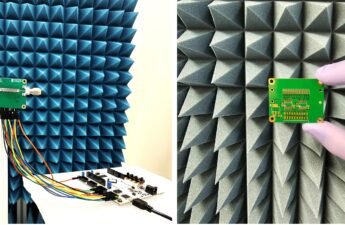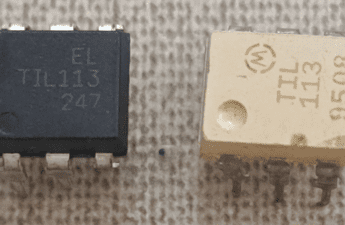An impressive image of the NGC 628 or Messier 74 galaxy was produced, using data obtained by the James Webb Space Telescope (JWST).
Source: New Scientist
The image is a composite of three sets of data at different wavelengths taken by JWST’s mid-infrared instrument team. Gabriel Brammer at the University of Copenhagen in Denmark, who isn’t affiliated with the team, downloaded the data and translated each of the infrared wavelengths to red, green and blue before combining them to produce one image.
NGC 628 has been imaged with visible light by other telescopes, including Hubble, and looks similar to our own Milky Way if viewed from above the galactic plane. But JWST’s ability to observe infrared light in high resolution reveals a hidden structure. “If our eyes could see in these mid-infrared wavelengths, the night sky would look a lot more like this picture, which I think would be spectacular, maybe a little terrifying,” says Brammer.
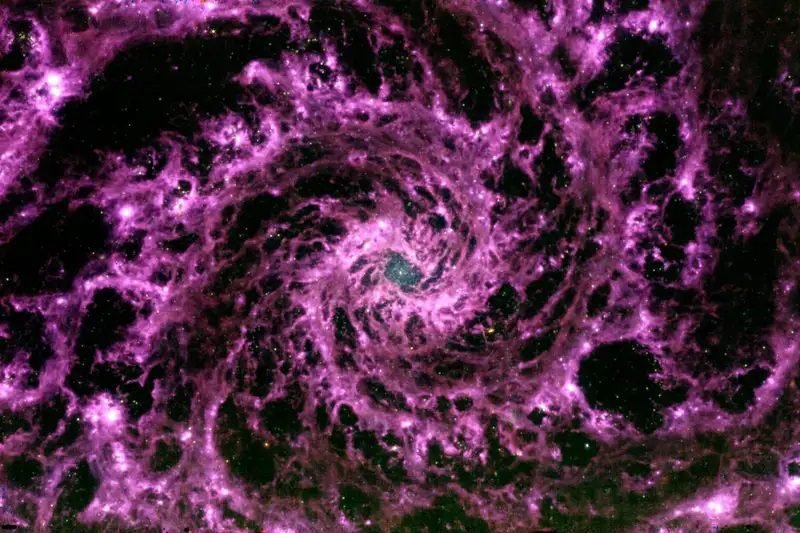
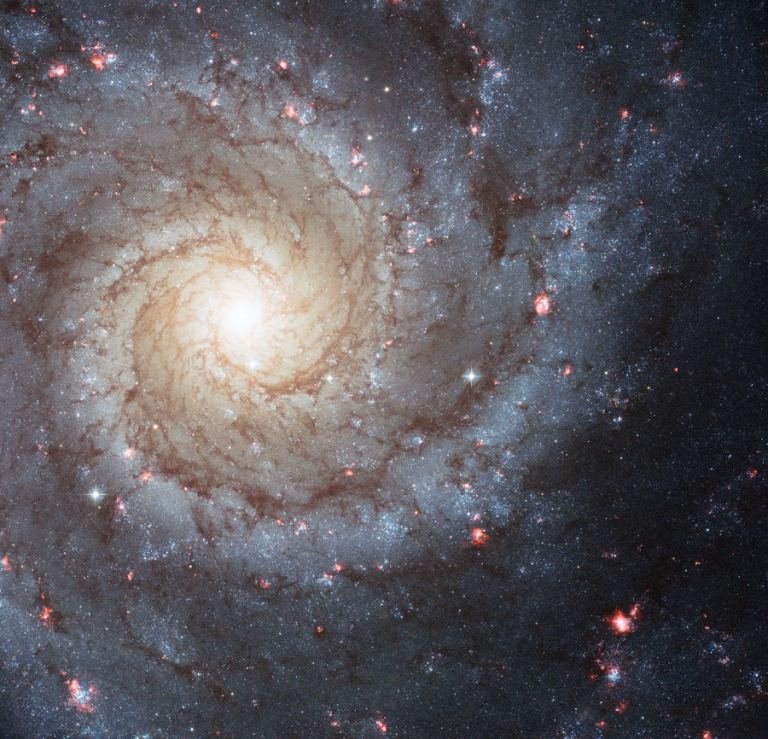
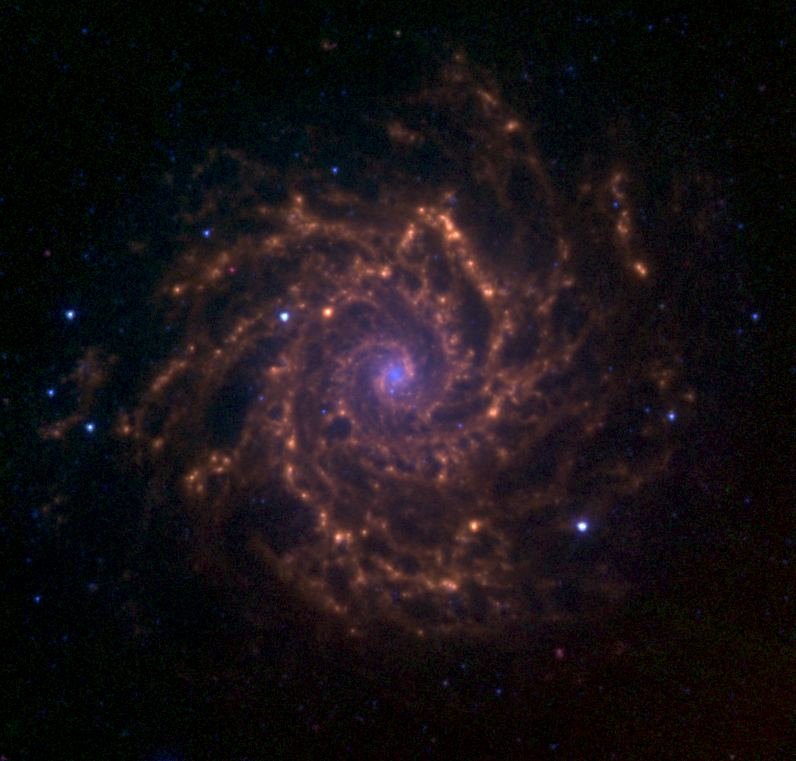
The distinctive purple appearance of Brammer’s image is due to the unique chemical composition of NGC 628’s dust clouds, which are primarily made up of large molecules called polycyclic aromatic hydrocarbons, says Michael Merrifield at the University of Nottingham, UK.
These molecules only emit specific wavelengths of light, so when Brammer mapped the three wavelengths to red, green, and blue, there was very little green. The remaining red and blue emissions, when combined, made a pinky-purple color.
Merrifield says the data could also tell us about how dust gets made and redistributed in galaxies. However, one problem with the information, he adds, is that it is too zoomed in and high-resolution to draw conclusions about how whole galaxies form and evolve. “It’s kind of too much information, in the sense that we’re seeing the weather rather than the climate.”
The actual process of making the image was “staggeringly simple”, says Brammer, and represents a less talked-about advantage of JWST over Hubble. “As great a resource as the (James Webb) telescope is, we’ve also made similar improvements in the technology for processing the data and distributing the data such that anybody, from astronomers to non-experts, can explore the data like this,” he says.

